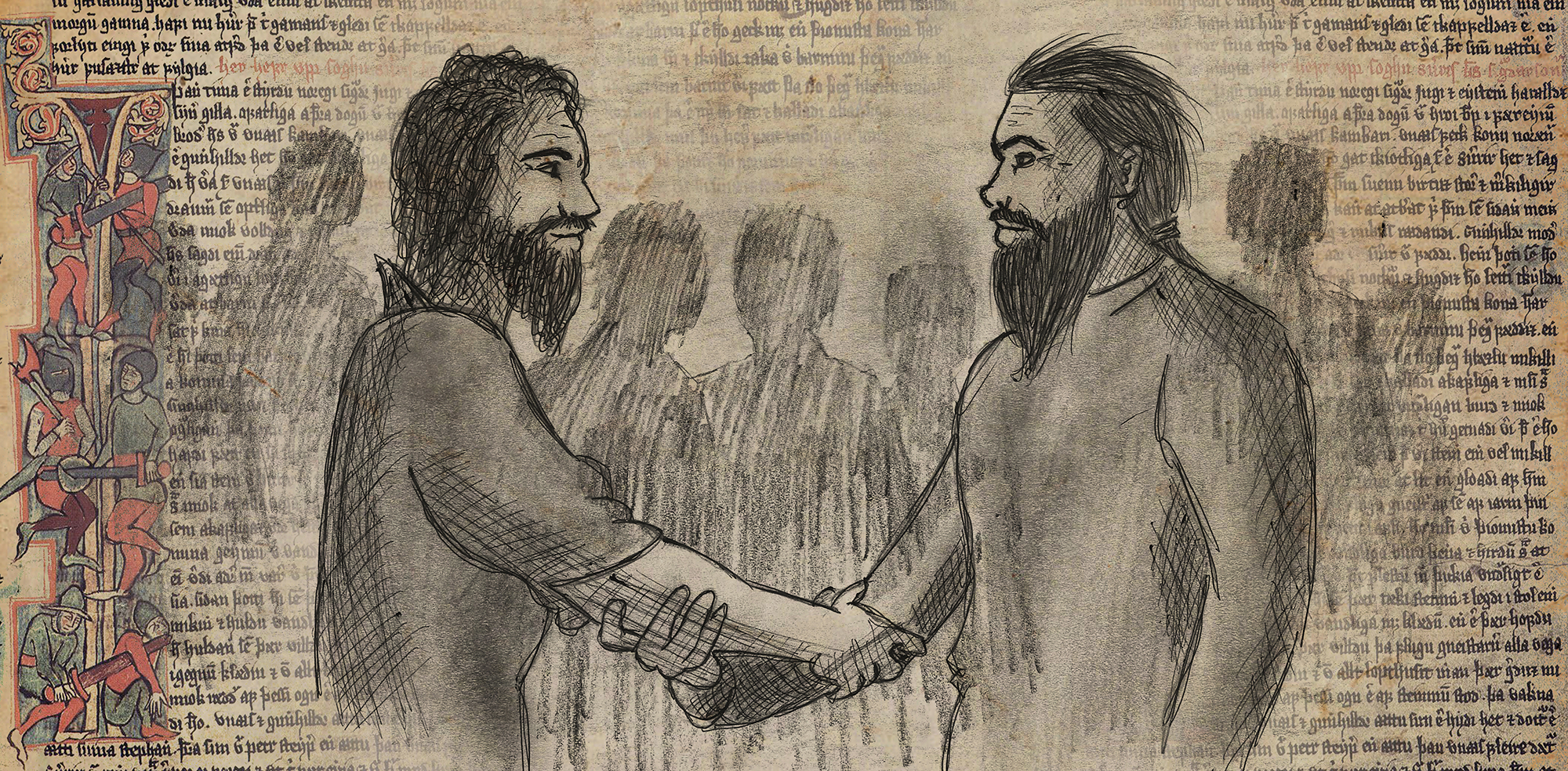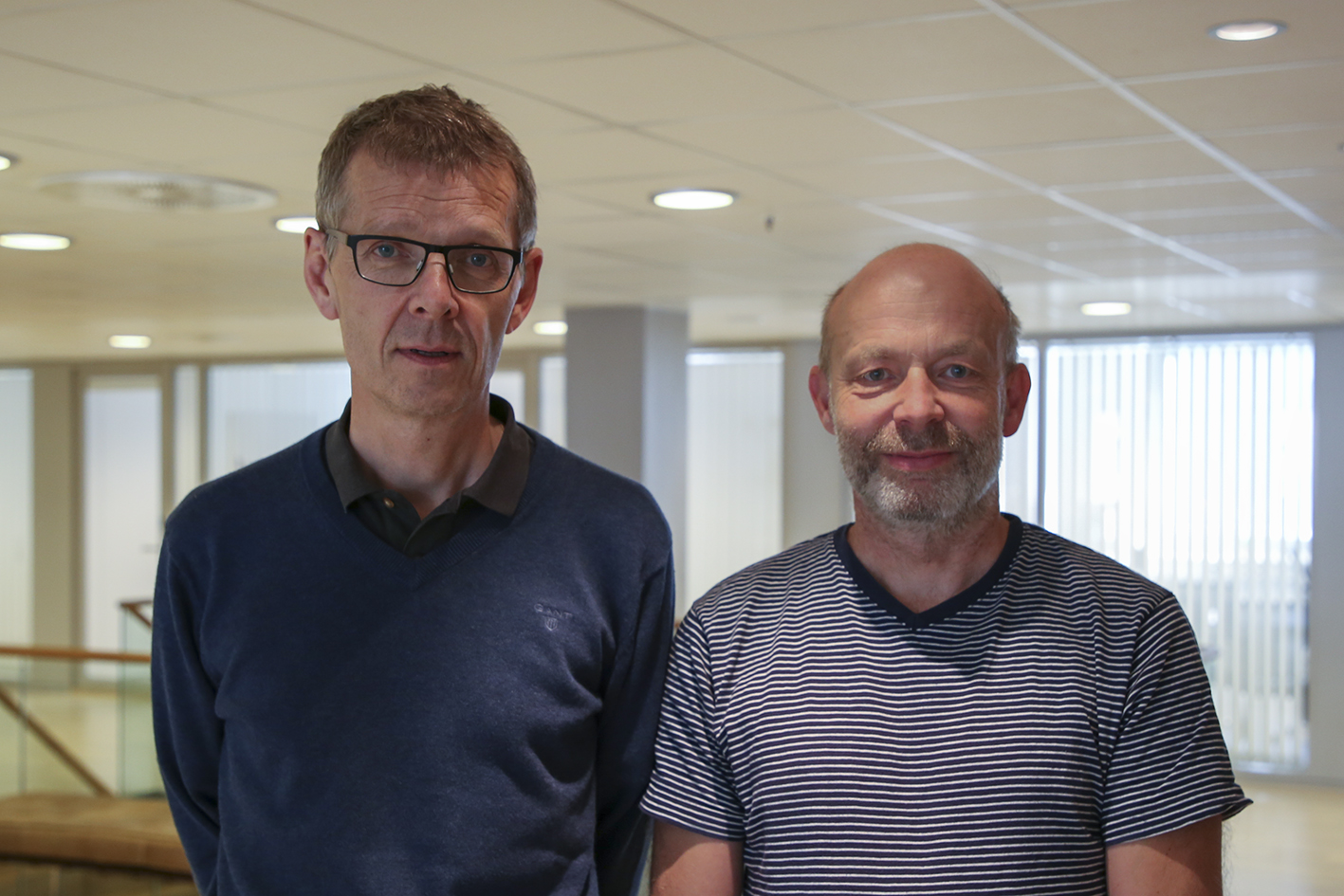Norway-Poland research project lands major grant

Hans Jacob Orning, a professor in the Department of Archaeology, Conservation and History at the University of Oslo (UiO), is one of three project leaders of the joint Norwegian and Polish research project Symbolic Resources and Political Structures on the Periphery: Legitimization of the Elites in Poland and Norway, ca. 1000-1300. The scholars recently learned that they have been awarded a €1.4 million grant from the GRIEG programme, which is financed by the Research Council of Norway and the National Science Centre in Poland.

Orning led the CAS project The Nordic 'Civil Wars' in the High Middle Ages in a Comparative Perspective back in 2017-18 together with fellow UiO Professor Jón Viðar Sigurðsson. Sigurðsson is also part of the Poland-Norway comparative project, which lasts until April 2024.
‘The year at CAS was important for this project,’ Orning said when we talked with him about the project and how the time at CAS played a role as a forerunner to this project.
- Read also: 'Research in Review: 'The Nordic "Civil Wars" in the High Middle Ages in a Comparative Perspective'
- Read also: Modern and medieval wars compared in new book
‘Striking’ similarities
The scholars aim to challenge what they describe as the current research paradigm, which ‘stresses the monarchies and the Church as initiators of state formation in medieval Europe,’ and in which Europe’s peripheries are typically viewed as passive recipients of central impulses. This results in downplaying local traditions and political structures, the scholars write on the project website.
Orning explains that historians usually compare different Nordic countries, but he and his colleagues find Norway’s similarities with Eastern Europe striking.
‘Norway and Poland are interesting to compare, as both realms are situated on what has been termed the European “periphery,”’ Orning said. ‘Moreover, both areas experienced some of the same phases during the Middle Ages: a period of establishment of monarchy and Christianisation, followed by a process of state formation interrupted by periods of civil wars.’
Orning explains that the most important initiator is Wojtek Jezierski.
‘Jezierski will be employed as an associate professor at University of Oslo during the period of the project. He is something as unusual as a Polish historian who has done a lot on Nordic history and who is very theoretically minded’.
What did the year at CAS mean for this grant?
‘The CAS year was important for this project, as the forerunner to the current Polish project, Nordic Elites in Transformation, was part of our CAS project on civil wars,’ Orning said.
‘These overlapping projects approached medieval politics by studying elites, not kings or the Church in isolation, and by investigating civil wars more broadly as constant conflicts than as “wars.” During our CAS stay, we had some workshops where we combined the Civil Wars and the Nordic Elites projects. I would say that they cross-fertilised each other. While the results of the Nordic Elites project have already been published, we expect two volumes to come out this year where the fruits of our year at CAS will be disseminated.’